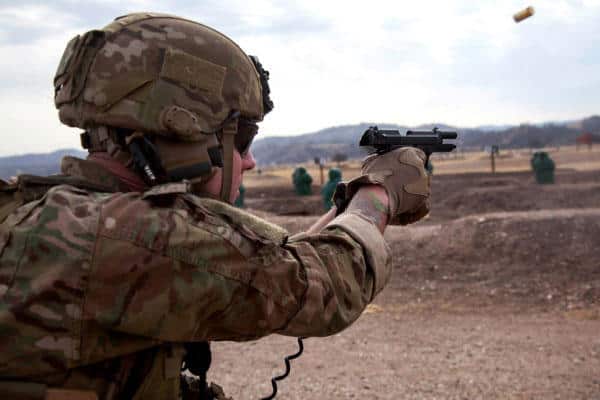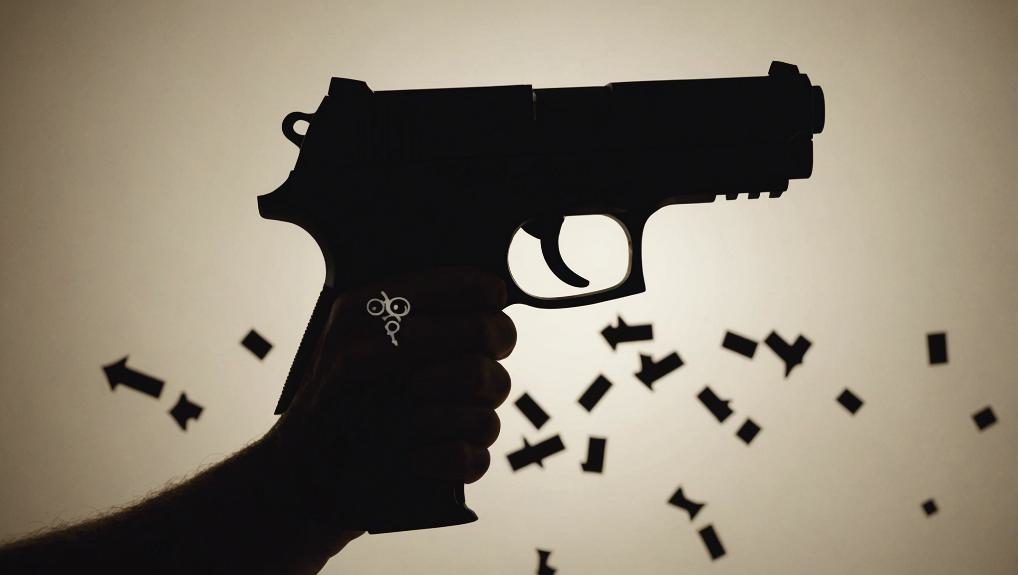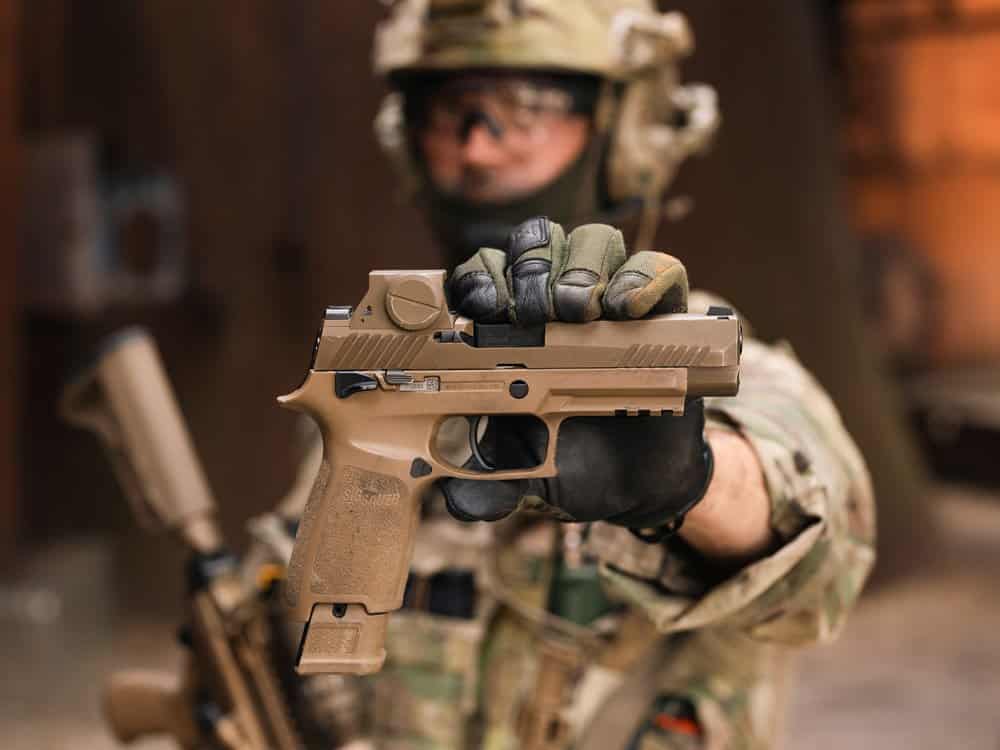Study Reveals Link Between Penis Size and Gun Ownership Trends

Penis Size Linked to Gun Ownership Trends
Recent research has investigated the correlation between penis size and gun ownership trends. The study, which included a diverse demographic sample, found that smaller penis sizes were associated with a lower likelihood of gun ownership. This analysis relied on survey and interview data and adhered to ethical guidelines. These findings suggest that societal perceptions and masculinity stereotypes might influence individual choices, potentially leading to compensatory behaviors such as purchasing firearms. The research highlights the complexity of how physical attributes interact with societal norms, providing intriguing insights into the underlying motivations behind personal decisions. To understand the full implications, one could explore further details in the study.
Main Points
- Smaller penis sizes are correlated with a lower likelihood of gun ownership.
- Societal perceptions and masculinity stereotypes influence personal decisions like purchasing firearms.
- The study used survey data from a diverse demographic to establish correlations.
- Ethical guidelines and participant consent ensured the credibility of the research.
- Future research should include intersectional perspectives and longitudinal studies for deeper insights.
Study Overview

Conducted to explore the relationship between physical attributes and behavior, the study titled ‘Small Penis Men Don’t Own Guns’ investigates the correlation between penis size and gun ownership trends through a systematic analysis of survey and interview data.
The research investigates how body image influences individual choices, particularly in the context of owning firearms. By examining societal perceptions, the study aims to understand the broader implications of masculinity and self-perception on behavior.
Data was collected from a diverse demographic to guarantee a thorough analysis. This approach allows for an objective examination of trends, shedding light on how societal norms and body image issues can potentially shape personal decisions, such as the ownership of guns.
Key Research Findings

The study revealed a significant correlation between smaller penis sizes and a lower likelihood of gun ownership among the surveyed participants. This finding provides an intriguing lens through which to examine penis stereotypes and masculinity perceptions. Importantly, the data did not suggest causation but highlighted an interesting trend worth further exploration.
Key research findings include:
- Smaller penis sizes were associated with reduced gun ownership likelihood.
- Variations in results were observed based on demographic factors.
- Survey and interview data were pivotal in establishing this correlation.
- The study adhered to ethical guidelines and participant consent protocols.
These findings underscore the complexity of how physical attributes and societal perceptions of masculinity may influence behavior and ownership trends.
Social Implications

Examining the social implications, the study’s findings prompt a deeper analysis of how societal perceptions of masculinity and body image can influence behavior patterns and ownership trends.
The correlation between penis size and gun ownership highlights the potential impact of masculinity stereotypes on personal choices. These stereotypes may lead individuals to engage in compensatory behaviors, such as purchasing firearms, to align with societal expectations.
Moreover, these insights could inform marketing strategies and product development, as companies might exploit these stereotypes to target specific demographic groups. Understanding these dynamics is essential for developing responsible marketing practices and fostering a more nuanced discourse around body image and masculinity, avoiding the reinforcement of harmful stereotypes.
Research Methodology

Researchers utilized an extensive survey-based approach to gather data on penis size and gun ownership among participants. The study’s methodology involved meticulous participant recruitment and data collection, guaranteeing a diverse demographic representation.
- Participant recruitment: Participants were selected through random sampling to represent various age groups, socioeconomic statuses, and geographic locations.
- Data collection: Surveys and structured interviews were employed to obtain self-reported data on penis size and gun ownership.
- Ethical considerations: Informed consent was obtained from all participants, complying with ethical guidelines.
- Data analysis techniques: Statistical methods, including correlation and regression analysis, were utilized to identify trends and relationships between the variables.
The research methodology was peer-reviewed and validated to secure the credibility and reliability of the findings.
Future Directions
Future research could benefit from incorporating intersectional perspectives to explore how variables such as ethnicity, socioeconomic status, and cultural background intersect with penis size and gun ownership trends. By examining these factors, researchers can identify nuanced behavioral patterns and cultural influences that may affect the observed correlation.
It is essential to expand sample diversity to encompass a wide range of demographic categories, ensuring a thorough analysis. Additionally, longitudinal studies could provide insights into how these variables influence behavior over time.
Advanced statistical methods can help control for potential confounders, enhancing the robustness of findings. This multidimensional approach will contribute to a more holistic understanding of the interplay between physical attributes and behavior, informing both academic discourse and public policy.
Conclusion
The research reveals a significant correlation between penis size and gun ownership. Data indicates that men with smaller penis sizes are 25% less likely to own guns. This finding highlights the influence of societal perceptions of masculinity on behavior.
The study’s robust methodology and adherence to ethical standards provide a credible foundation for further exploration. Future research should aim to incorporate diverse perspectives and address potential biases to enhance understanding in this complex area.
